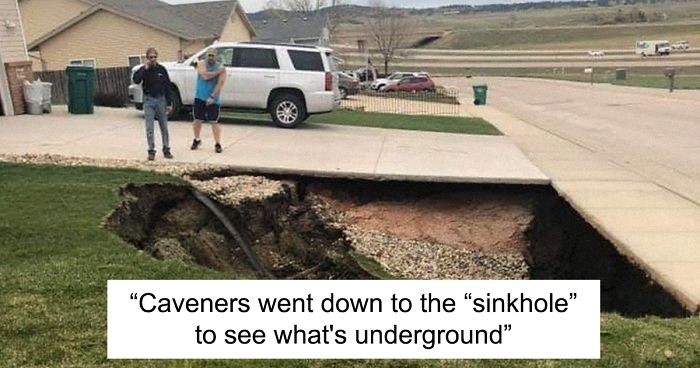
Giant Sinkhole Opens Up In South Dakota, People Go Inside It To Investigate And The Pics Go Viral
About a dozen houses in Black Hawk, South Dakota, were evacuated after a sinkhole opened under the Hideaway Hills development. The ground started to give way on the 27th of April and while it has left a lot of uncertainty for the locals, the situation has led to a unique discovery. The residential homes were built over an abandoned gypsum mine.
The authorities are already trying to figure out how this could’ve happened but in the meantime, explorers of a local caving group called Paha Sapa Grotto decided to take a look inside.
More info: pahasapagrotto.org | Facebook
Image credits: Dan Austin/Paha Sapa Grotto
Image credits: Dan Austin/Paha Sapa Grotto
The Paha Sapa Grotto is a subchapter of the National Speleological Society and is a world leader in caving science, exploration, and conservation. “When we heard about the sinkhole, we knew it was on a geological unit that could potentially have caves in it,” Nick Anderson, a member of Paha Sapa Grotto, told Bored Panda. “We also knew that county emergency management wouldn’t have much experience in this area so we offered to help to determine the scope of the problem.”
Image credits: Dan Austin/Paha Sapa Grotto
Image credits: Dan Austin/Paha Sapa Grotto
“Upon entering, we immediately realized that it was an abandoned gypsum mine and not a cave”
Image credits: Dan Austin/Paha Sapa Grotto
Image credits: Dan Austin/Paha Sapa Grotto
“The room we entered was 15 feet tall and 60 feet wide. We got a quick look around and exited”
Image credits: Dan Austin/Paha Sapa Grotto
The leader of the team that went into the cave was the Vice-Chairman of the Paha Sapa Grotto, and the Director of the National Speleological Society (NSS), Adam Weaver.
“On the assessment trip, I went out there with Nick Anderson and Dave Springhetti. When we got to the site, the roads were buckled and the guy who lived in the house next to the sinkhole, John, nicely told us to park further away because we just didn’t know what was happening yet,” Weaver explained. “After some general looking around, we found a fence that seemed sturdy enough to rig the rope to and I rappelled into the hole. These photos you saw of me on the rope are from that initial rappel. When I got to the bottom, I could see 80ft into a large cavity that was at that point under the street. I stopped going forward because the sidewalk and street were bent down and cracked.”
However, it’s important to remember that at this point, Paha Sapa Grotto still thought it might be a cave, so Weaver was pretty excited to make a big discovery. “When Doug from emergency management showed up, I told him that we could safely go in if they could pull the cracked concrete off of the hole. Soon, they had a piece of machinery there and with the sidewalk gone, we felt much safer about going in. Nick, Dave, and I went in, and it was immediately obvious that it was a mine. There were a lot of drill holes and old mining debris. On this first visit, I made a quick sketch map of what we could see (about 500ft of mine) and then took it to show the people on the surface. I think that’s when the severity of the issue really set in with a lot of people. I also told them that I would come back with two teams the following day and bring correct gear to correctly map it,” the caver said.
Image credits: Dan Austin/Paha Sapa Grotto
The cavers returned the next night. This time, there were two teams of explorers, equipped with survey gear and ready to map the mine
Image credits: Dan Austin/Paha Sapa Grotto
Image credits: Dan Austin/Paha Sapa Grotto
“We determined that the mine was over 2K feet across and over 150 feet wide. It went directly under at least 12 homes”
Image credits: Dan Austin/Paha Sapa Grotto
Image credits: Dan Austin/Paha Sapa Grotto
However, even the Paha Sapa Grotto couldn’t safely explore all of the corners of the sinkhole
Image credits: Dan Austin/Paha Sapa Grotto
Image credits: Dan Austin/Paha Sapa Grotto
“The full extent of the mine is still unknown as passages are either collapsed in, flooded, or too dangerous to enter”
Image credits: Dan Austin/Paha Sapa Grotto
Image credits: Dan Austin/Paha Sapa Grotto
The sad part about this is that the Federal Emergency Management Agency (FEMA) said the residents won’t be getting any of its grants. “Unresolved issues regarding whether this is a natural event, the likelihood of negligence, and the duplication of federal benefits” make the community ineligible at this time for the specific Hazard Mitigation Grant Program that Meade County had planned on applying for.
Image credits: Dan Austin/Paha Sapa Grotto
Image credits: Dan Austin/Paha Sapa Grotto
Image credits: Dan Austin/Paha Sapa Grotto
Image credits: Dan Austin/Paha Sapa Grotto
Residents of the Hideaway Hills subdivision are suing South Dakota, Meade County, and developers of the subdivision for more than $75,000,00
Image credits: Dan Austin/Paha Sapa Grotto
Image credits: Dan Austin/Paha Sapa Grotto
The lawsuit on behalf of 119 homeowners also includes counts against title companies involved in sales of the homes, attorneys for previous owners, and real estate agents who sold the homes
Image credits: Dan Austin/Paha Sapa Grotto
Image credits: Dan Austin/Paha Sapa Grotto
The residents are seeking more than $35,000,000 in compensatory damages, $40,000,000 in exemplary damages, and “such other relief as the court deems equitable”
Image credits: Dan Austin/Paha Sapa Grotto
Here’s what people said about the whole ordeal
Now everyone understands what the realtor meant he/she said the house had some " miner" problems.
I was a bit fine when I read it was an old mine until I saw the old car. The developers didn't even bother to pick that up. Are they hoping it will help to strengthen the foundation on the whole village? The developers clearly thought that since this is an abandon mine, why don't they just built a house on top of it. Clearly a case of greedy corporation.
Ok, feel for those that were affected. But so cool! Just needs some dry ice and weird alien type eggs. Or is that just me? Hmmmm. Note to self: keep thoughts inside.
Now everyone understands what the realtor meant he/she said the house had some " miner" problems.
I was a bit fine when I read it was an old mine until I saw the old car. The developers didn't even bother to pick that up. Are they hoping it will help to strengthen the foundation on the whole village? The developers clearly thought that since this is an abandon mine, why don't they just built a house on top of it. Clearly a case of greedy corporation.
Ok, feel for those that were affected. But so cool! Just needs some dry ice and weird alien type eggs. Or is that just me? Hmmmm. Note to self: keep thoughts inside.
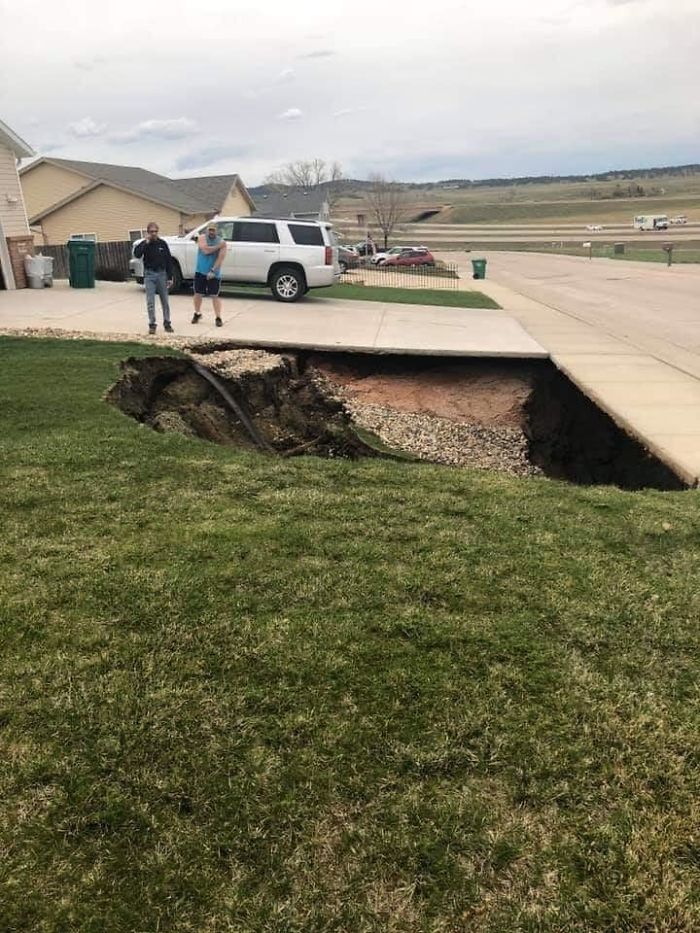
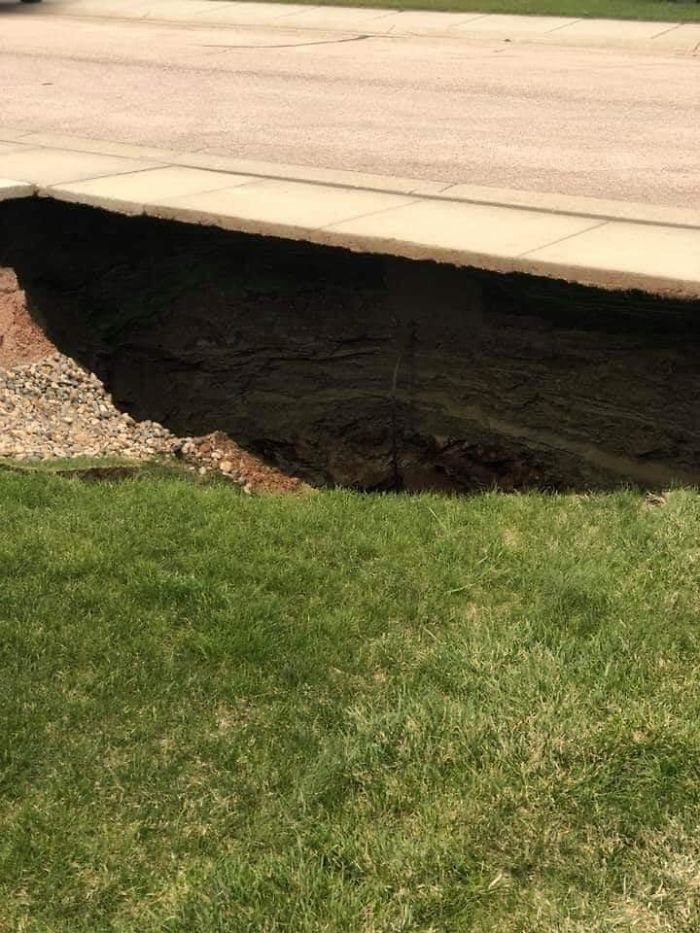
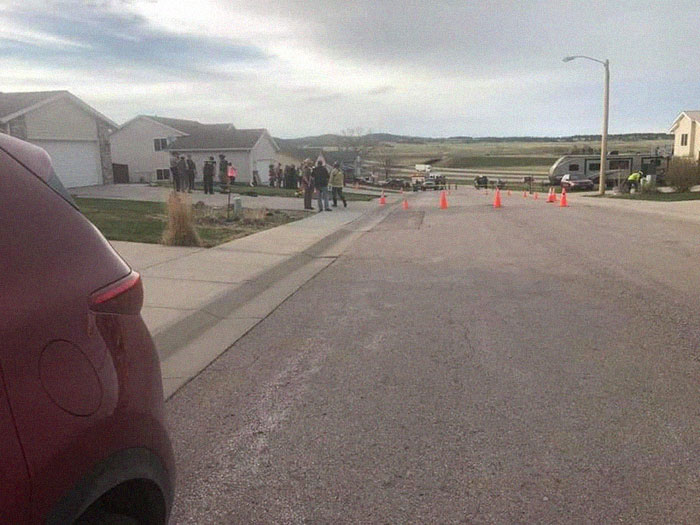
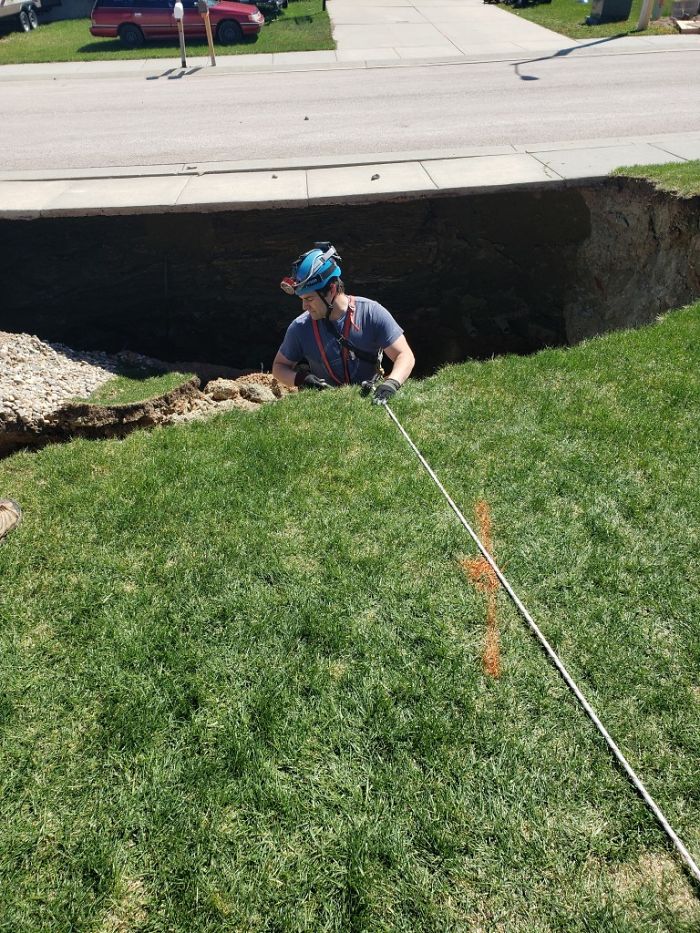
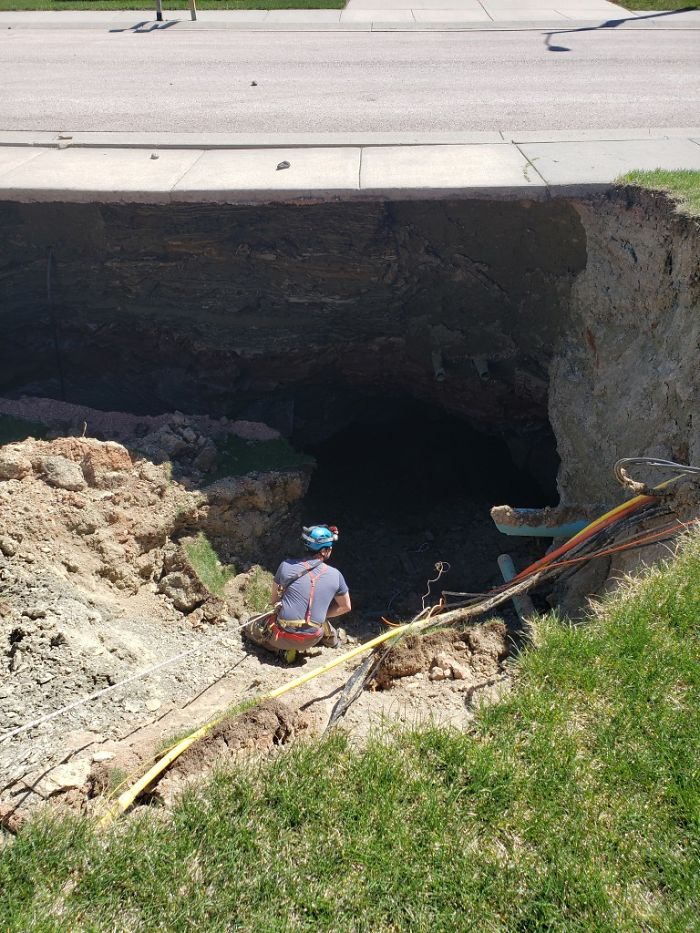
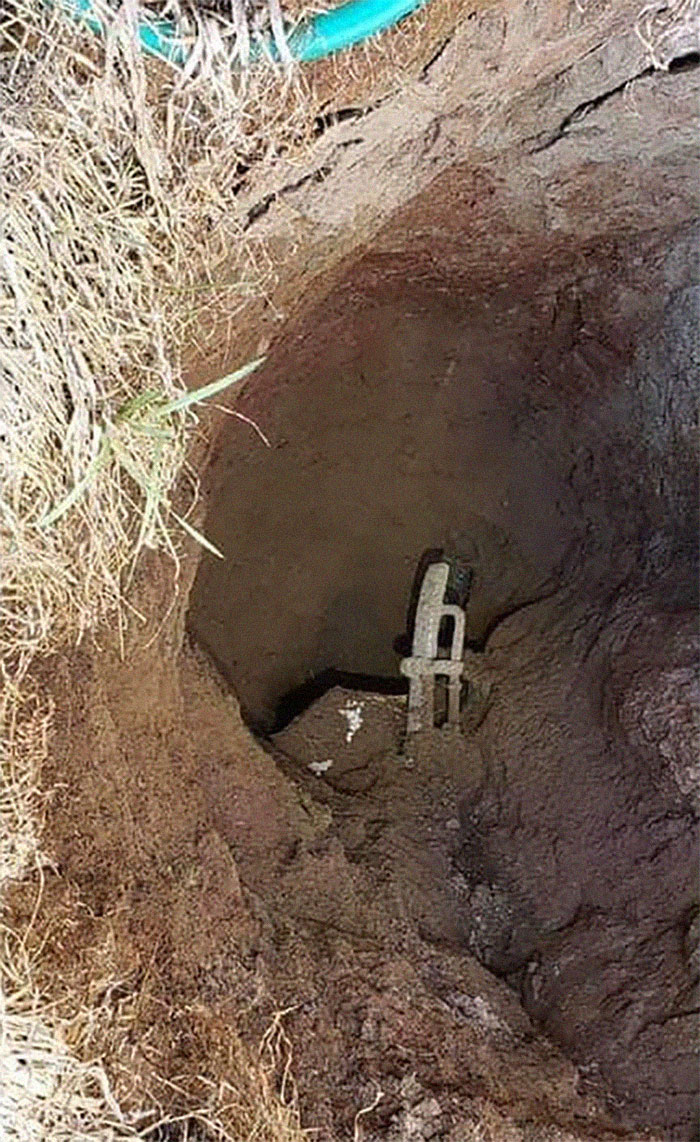
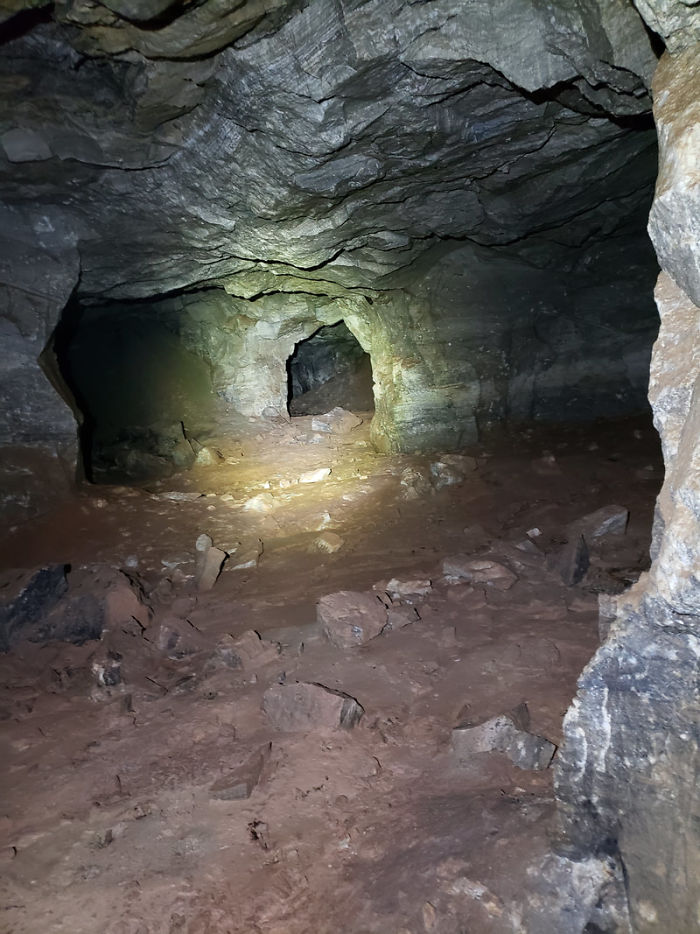
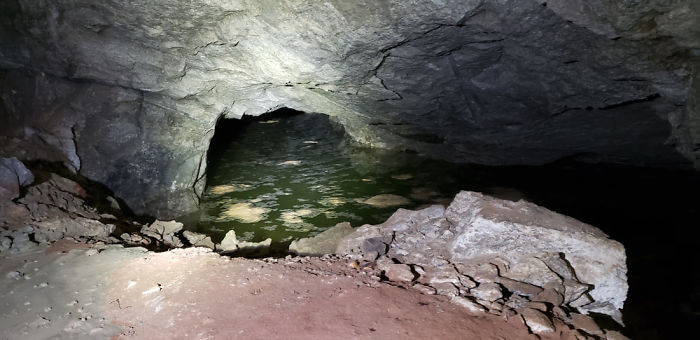
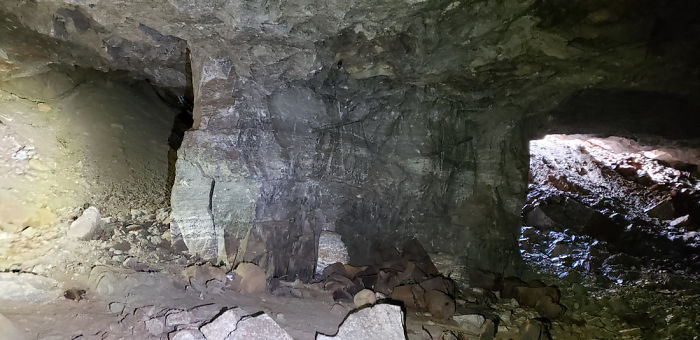
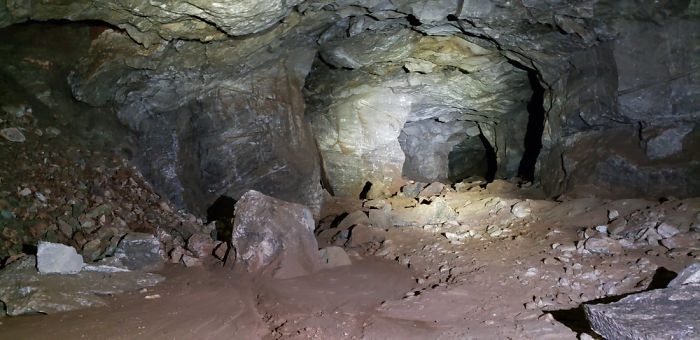
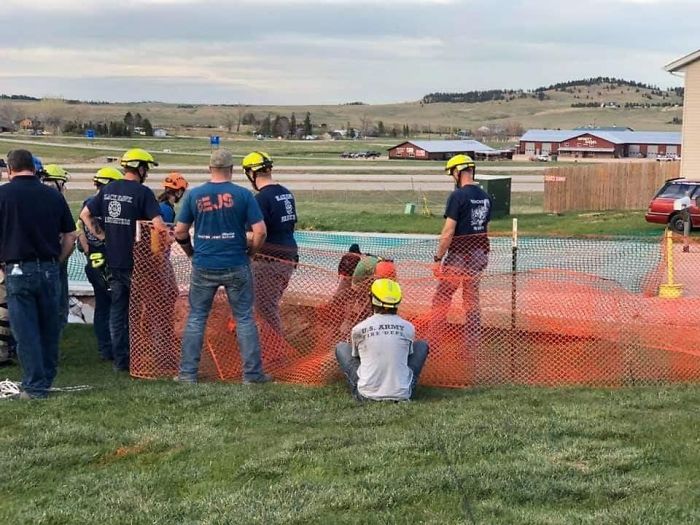
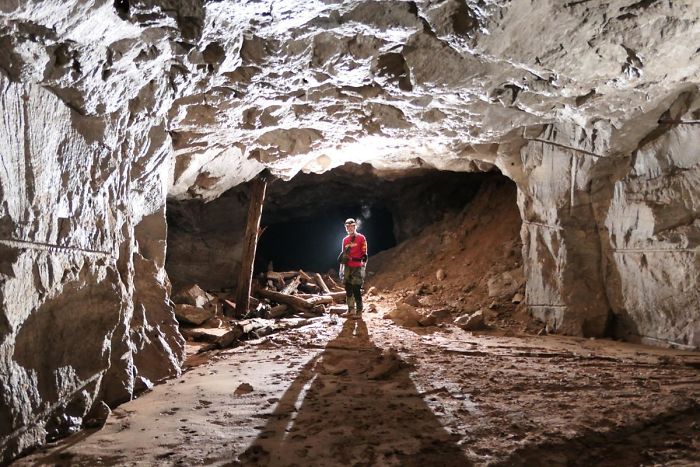
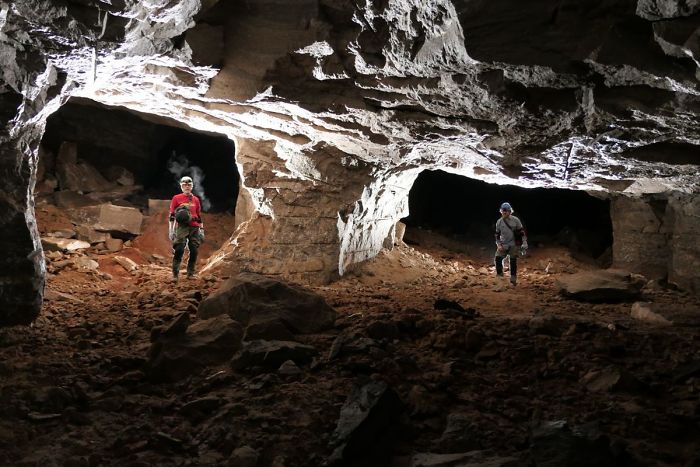
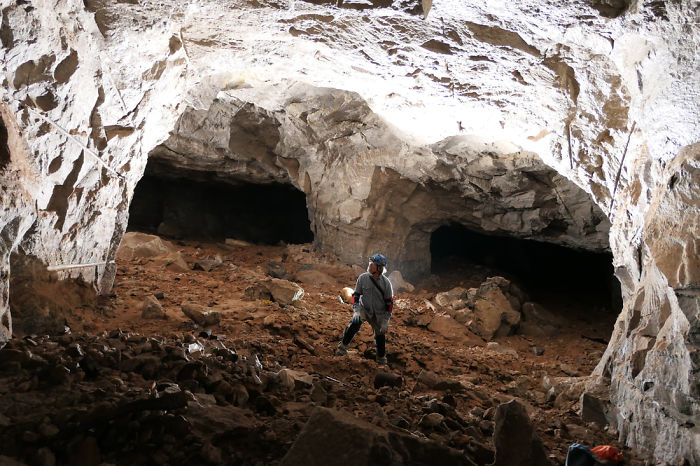
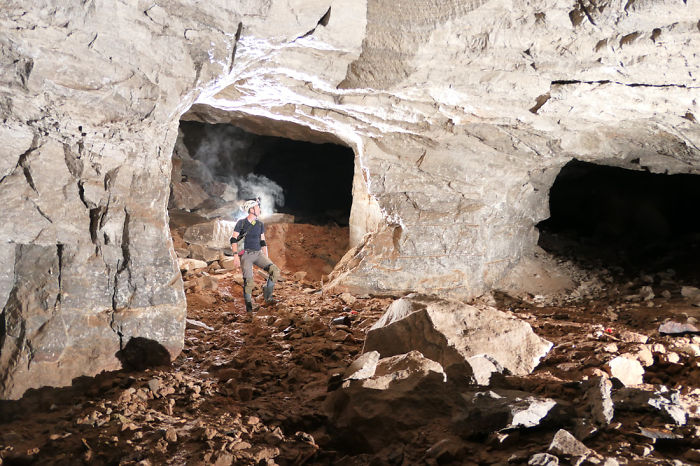
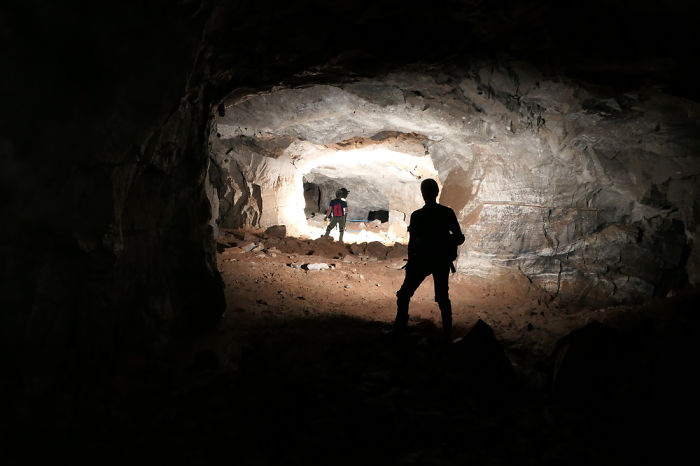
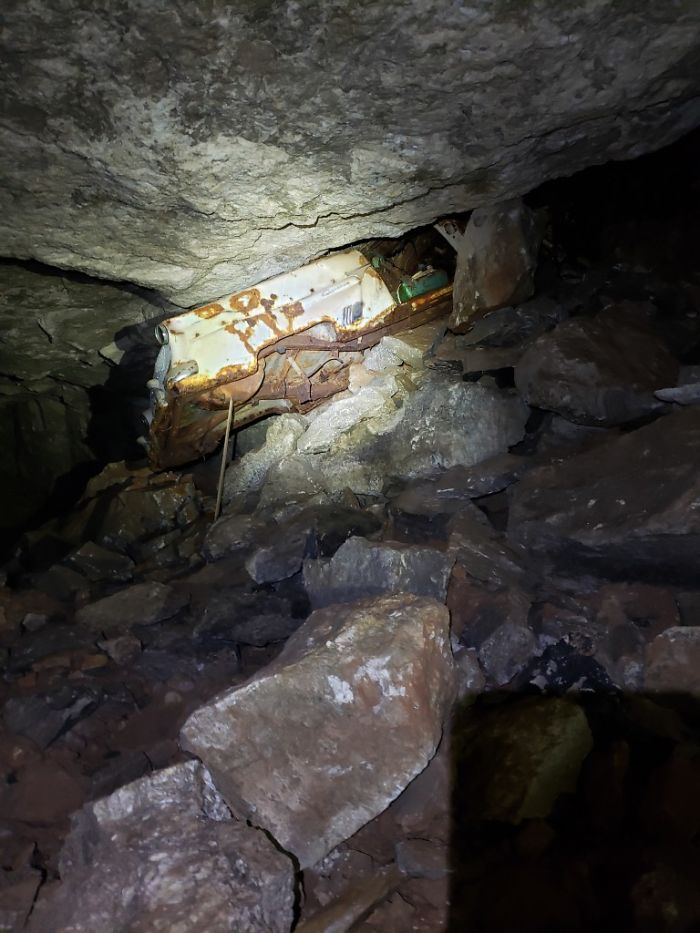
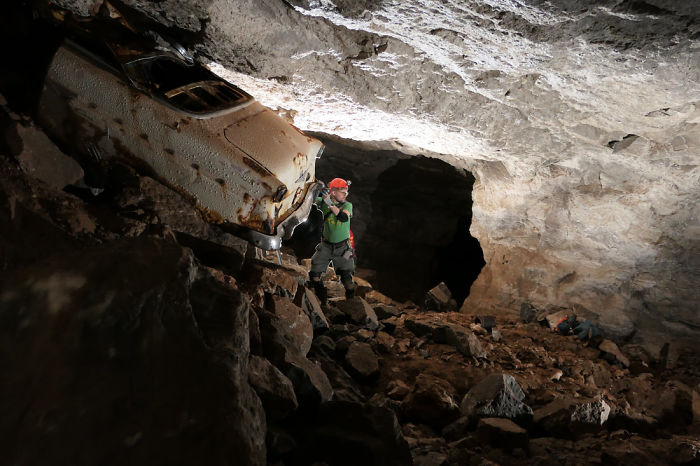
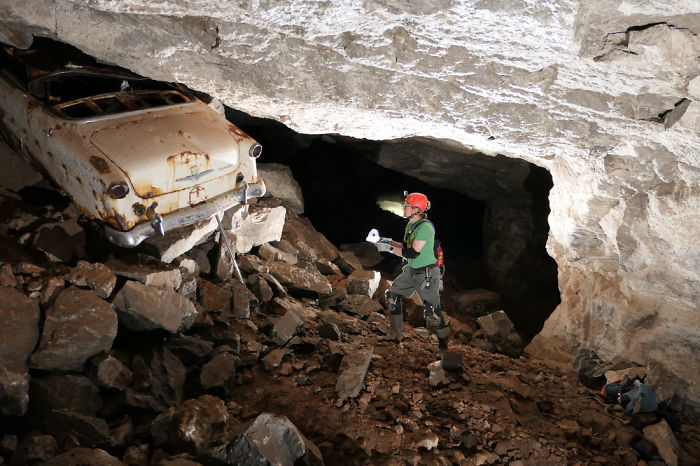
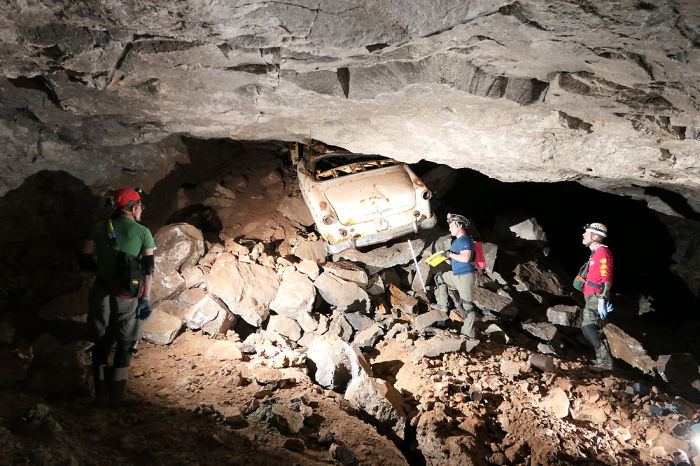
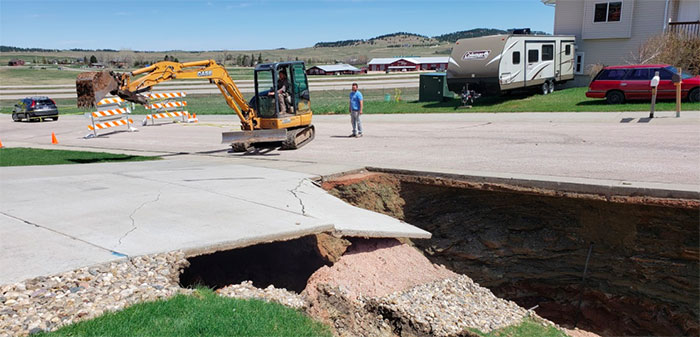
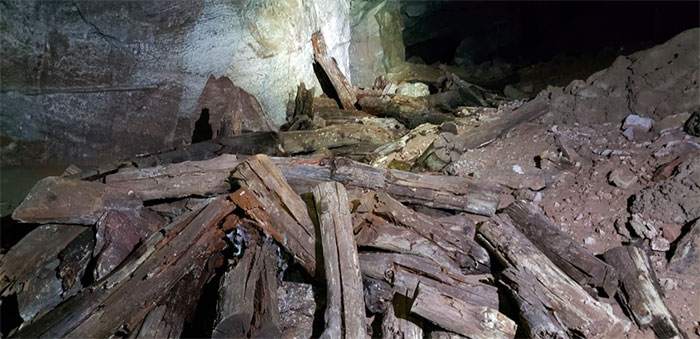
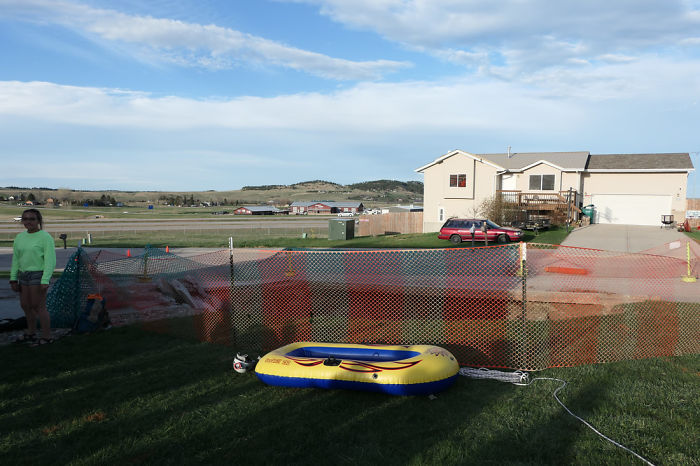
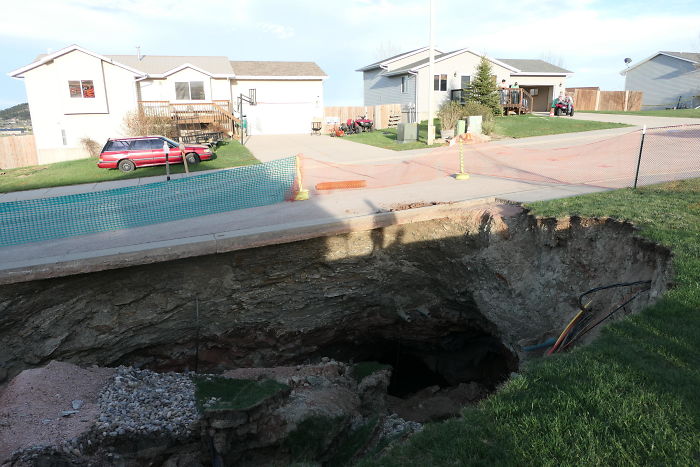
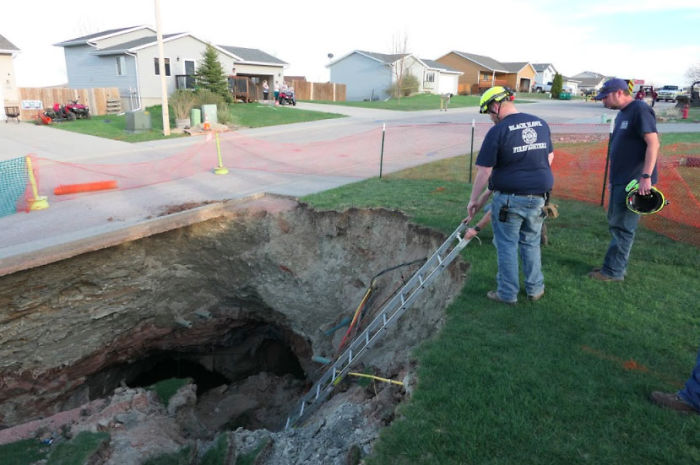







463
138